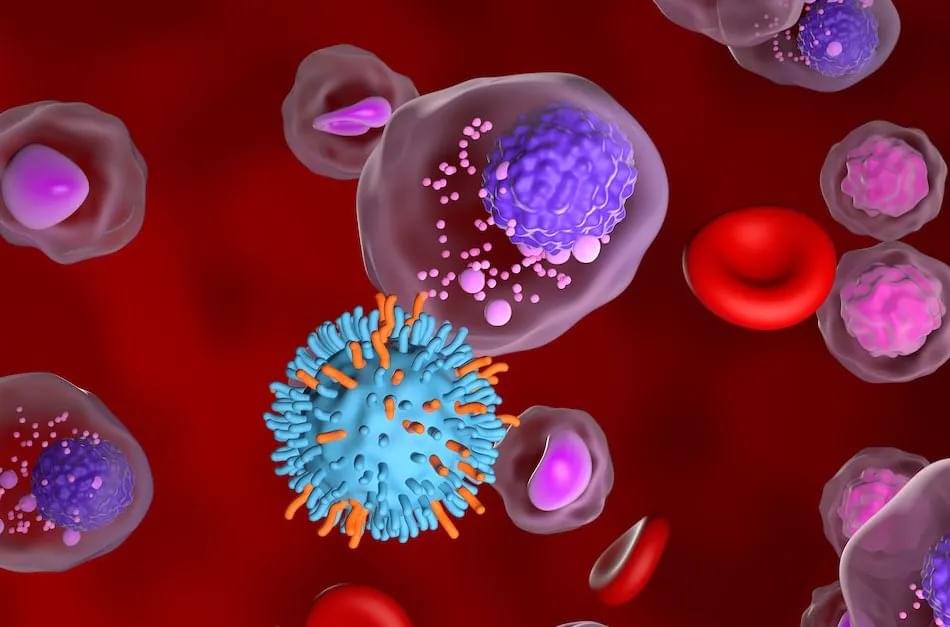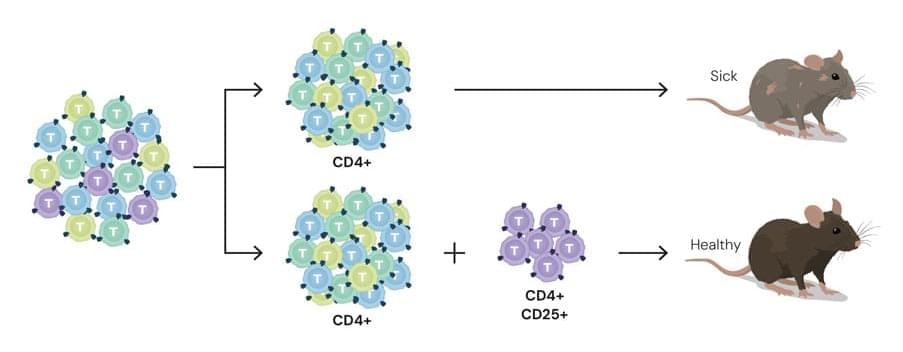Google is updating the Chrome web browser to automatically revoke notification permissions for websites that haven’t been visited recently, to reduce alert overload.
While Google Chrome’s Safety Check tool already removes access to other permissions, such as location and camera, this new feature will extend this functionality to notifications on both desktop and Android versions of the browser.
The company said the new feature is designed to target sites that send frequent notifications that get little to no user interaction. According to Chrome product manager Archit Agarwal, although users receive a high volume of alerts, fewer than 1% of these notifications actually generate any engagement.








